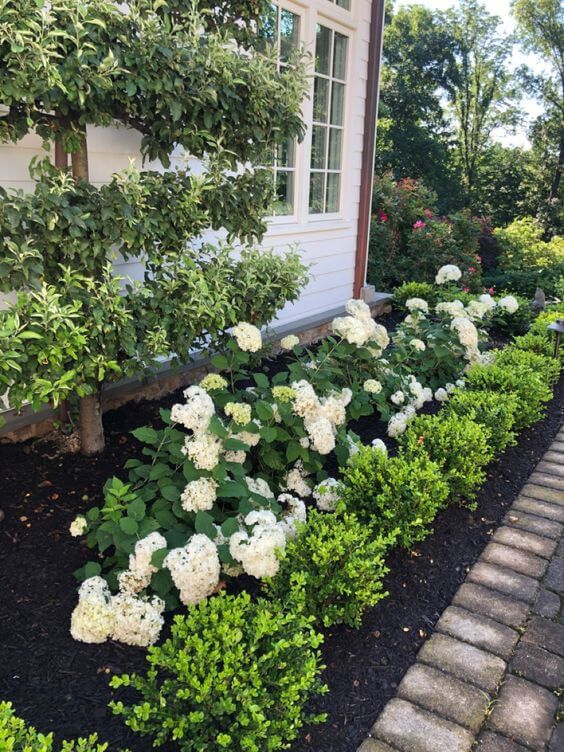Landscaping with hydrangeas can add beauty and elegance to any garden. These versatile plants come in a variety of colors, shapes, and sizes, making them a popular choice for both novice and experienced gardeners. With some simple tips and tricks, you can create a stunning landscape using hydrangeas.
When selecting hydrangeas for your landscape, consider the different varieties available. There are several types to choose from, including mophead, lacecap, and paniculata hydrangeas. Each type has its own unique characteristics, so be sure to choose the one that best suits your garden’s style and climate.
Hydrangeas thrive in moist, well-drained soil with a slightly acidic pH. They prefer partial shade, especially in hot climates, although some varieties can tolerate full sun with adequate water. To ensure healthy growth and vibrant blooms, plant your hydrangeas in a location that receives morning sun and afternoon shade.
Proper pruning is essential for maintaining the shape and health of your hydrangeas. The timing and method of pruning will depend on the type of hydrangea you have. Mophead and lacecap hydrangeas bloom on old wood, so they should be pruned immediately after flowering. Paniculata hydrangeas, on the other hand, bloom on new wood and can be pruned in late winter or early spring.
Hydrangeas are known for their ability to change color depending on the soil pH. For blue blooms, make sure the soil is acidic, with a pH between 5.2 and 5.5. To achieve pink blooms, add lime to the soil to raise the pH to 6.0 or higher. White hydrangeas are not affected by soil pH and will retain their color regardless.
Incorporating hydrangeas into your landscape design can create a lush and inviting garden. Plant them in borders, containers, or as focal points to add color and texture to your outdoor space. With proper care and maintenance, hydrangeas can thrive and enhance the beauty of your landscape for years to come.
















